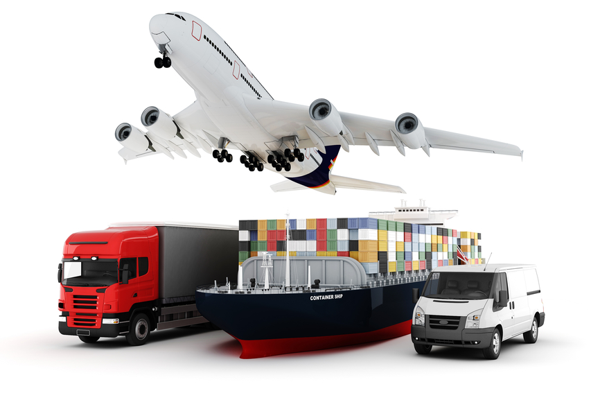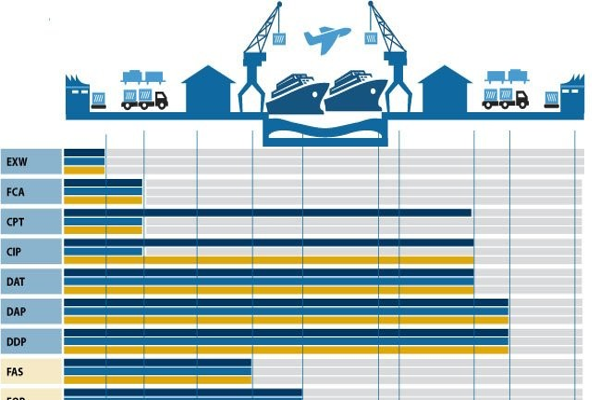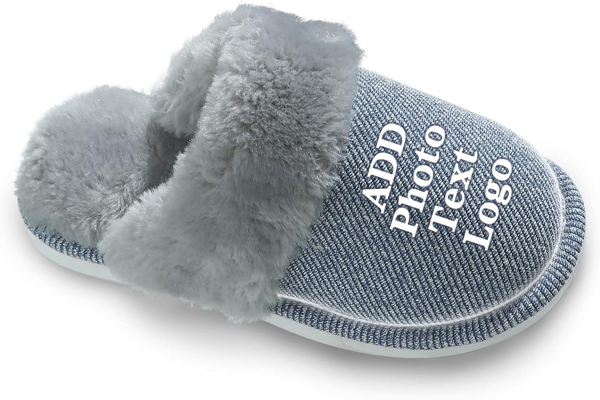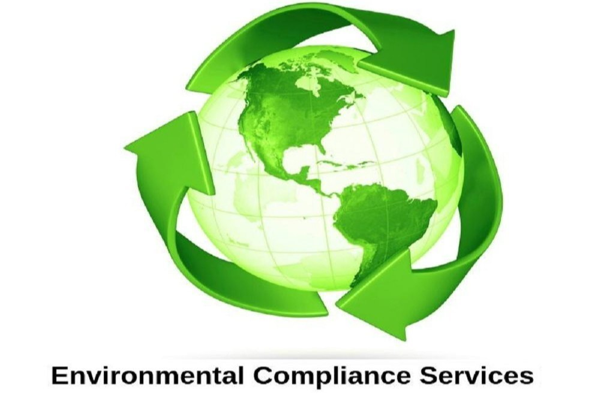Supplier Assessment is crucial for ensuring a productive and profitable business relationship. If you choose the wrong one, you could have delays, quality issues, or even lose money. I’ve been doing this for years, and I can tell you there are 5 things you need to check out before you decide to work with any supplier. If you focus on these things, you’ll have a smooth, productive, and profitable relationship.
How to Quickly Assess the Supplier’s Product Quality?

An effective Supplier Assessment helps businesses identify quality suppliers
Key Questions to Ask:
- What materials do you use? They should tell you if they use EVA for the cheap stuff, rubber for the good stuff, or memory foam for the high-end.
- Do you have quality inspection reports? They should be able to provide you with third-party certifications or their own internal testing data to prove their products are durable, comfortable, and safe.
- Can you send me a small batch of samples? This is critical. You don’t want just one prototype. You need to see if they can consistently produce what you want.
Action Steps:
- Ask for quality reports for the last quarter to make sure they’re maintaining their standards.
- Ask if they have certifications like ISO 9001 (quality management) or CPSIA (safety standards for children’s products). These certifications give you peace of mind that their products meet international standards.
How to Ensure the Supplier Can Deliver on Time?

Transparent pricing is a critical part of any Supplier Assessment
Key Metrics to Check:
- Their on-time delivery rate for the last 12 months. You want to see a 95% or better success rate. Anything less than that is a red flag.
- Their production timelines. Can they produce 10,000 pairs of slippers for you in 30 days?
- Their inventory flexibility. Can they handle your demand fluctuations during peak seasons?
Tools for Assurance:
- Place a small test order to see if they can deliver on time before you commit to larger quantities.
- Put penalty clauses in your contract for late deliveries to protect yourself.
How to Ensure Transparent Pricing and Avoid Hidden Costs?

What to Look For:
- A breakdown of costs: Make sure you understand the costs for raw materials, labor, and packaging.
- Additional charges: Be aware of charges for customizations, storage, or handling.
- Shipping terms: Find out if the pricing includes FOB (free on board) or CIF (cost, insurance, freight).
How to Act:
- Ask for a detailed quote that breaks down all of the costs. Don’t be afraid to compare their quote to others.
- Negotiate discounts for larger orders, but make sure you’re clear about the details. You don’t want any surprises later.
How to Verify Their Customization Capabilities?

Questions to Ask:
- Can you do custom branding? This includes your logo, unique packaging, or even custom colors.
- What’s your turnaround time for custom orders? You don’t want their timelines to screw up your product launch.
Practical Tips:
- Ask for examples of custom projects they’ve done in the past to verify their capabilities.
- Ask for a digital mockup or physical sample before you approve the production run. This will ensure the final product meets your expectations.
How to Confirm Compliance and Sustainability?

Conducting a thorough Supplier Assessment ensures compliance and sustainability
What to Check:
1.Factory Audit Reports:
Ensure the supplier complies with labor laws, environmental standards, and workplace safety requirements.
2.Certifications:
Verify recognized credentials such as:
- FSC (Forest Stewardship Council): Ensures the use of sustainably sourced materials.
- GRS (Global Recycled Standard): Confirms the incorporation of eco-friendly and recycled materials.
3.Sustainable Material Use:
Determine if the products include recyclable, biodegradable, or otherwise environmentally friendly components.
How to Validate:
- Ask for third-party factory audit reports to make sure they’re legit.
- Schedule a virtual or in-person factory tour to see how they do things. This will give you confidence they can meet the compliance and sustainability requirements you need.
Conclusion
Choosing the right slipper supplier doesn’t have to be a gamble. If you focus on these 5 things—quality, delivery, pricing, customization, hidden cost, compliance, and stability—you can make an educated decision and minimize your risk.
After you clearly know key points before start cooperation, you can also read this article to learn more details – 5 Steps to Evaluate the Reliability of Slipper Manufacturer

